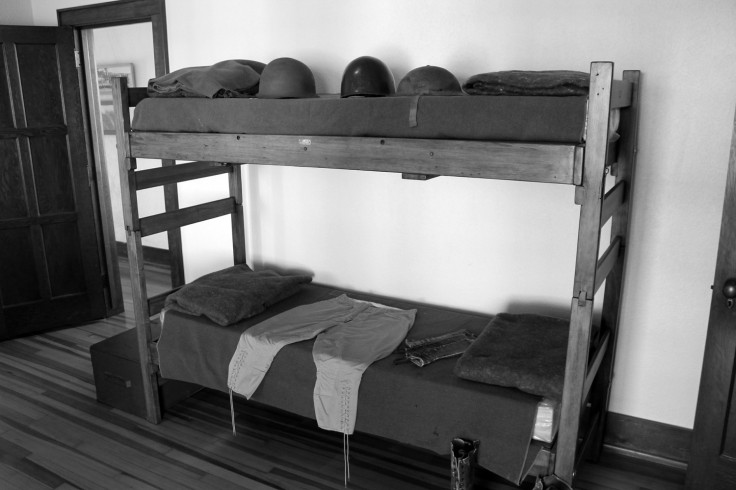
According to the Center for Injury Research and Policy of The Research Institute at Nationwide Children's Hospital, injuries from bunk beds are one of the issues that raised concern for parents of young children.
One of the studies published in the June Issue of Pediatrics determined that those who are younger than 10 years of age are usually the ones who sustain bunk bed-related injuries. On the other hand, ages 18 and 21 sustained injuries which happens to be a surprising increase in a such age range.
Gary Smith, M.D., Dr. P.H., study co-author, director of the Center for Injury Research and Policy at Nationwide Children's Hospital, and an associate professor of Pediatrics at The Ohio State University College of Medicine states that due to the high rates of injury found in the study, he suggests to exert more effort to prevent such incidents and as well as lessen the risk of any bunk bed-related injuries, especially among children.
Injuries that are sustained from bunk bed occurs mostly among males specifically in children younger than six years of age. Most injuries commonly result from falls but the third most usual injury that children get from bunk beds is fractured, per Science Daily.
Injuries young children sustain from bunk beds
Children would normally play in bed as playing for them is normal and is part of their development as kids but playing in bed, especially in bunk bed usually result in falls and cuts which would typically be followed by bumps, bruises, and broken bones. The common and most injured parts of the body are the head and neck which can be dangerous especially when the injury is severe or critical.
Many families chose such beds for them to save space. However, there are approximately 36,000 bunk bed-related injuries among children in the United States annually.
The Telegraph, a British newspaper, published an article about a four-year-old boy from Cumbria, England who unfortunately died due to rolling off a bunk bed during his sleep. The bed originally came with barriers on both sides but the family members had organized and reassembled the bed removing the barrier on the wall side. The family had thought that any child who would be using it would be safe but in the four-year-old boy's case, it didn't work.
According to Parents, the U.S. Consumer Product Safety Commission set compulsory requirements for every bunk bed manufactured in the United States in order to prevent any possible accidents. It also warns children below six years to never sleep on the upper level of the bunk bed for safety purposes.
How to prevent bunk-bed-related injuries?
Lara McKenzie, Ph.D., MA, principal investigator in the Center for Injury Research and Policy at Nationwide Children's, and an assistant professor at the Ohio State University College of Medicine, for parents to feel secure with their children especially when sleeping, remove the bunk beds as it one of the sources of injury not only among children but also in adolescents.
McKenzie states children can sustain severe injuries and would be required for hospital admission which is one of the things that parents avoid.
According to Nationwide Children's, for parents to prevent any bunk bed-related injuries, they must put guardrails on both sides of the top bunks and check the mattress if the foundation is firm and steady, and also check if you have used the right mattress size for the bed. The most important tip for parents to prevent such injuries is to keep an eye on their children and remove all the stuff that can hurt their children in any way.
Related Article : Latest TikTok Ghost Prank Not Funny; Parents Urged to Stop Traumatizing Their Children